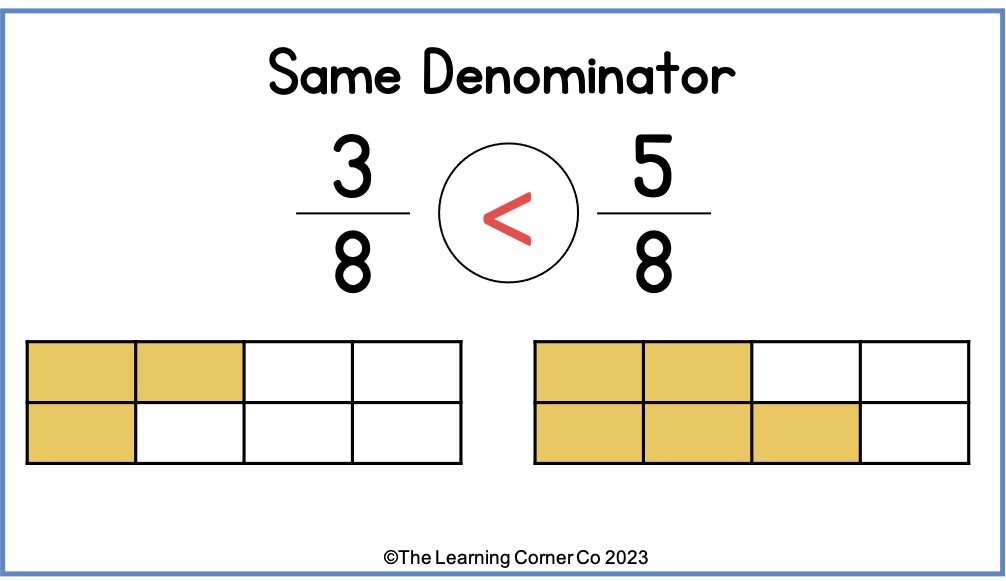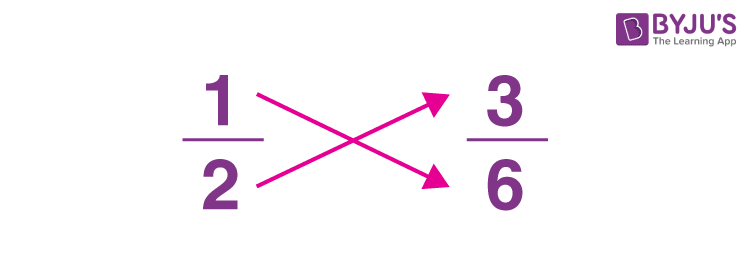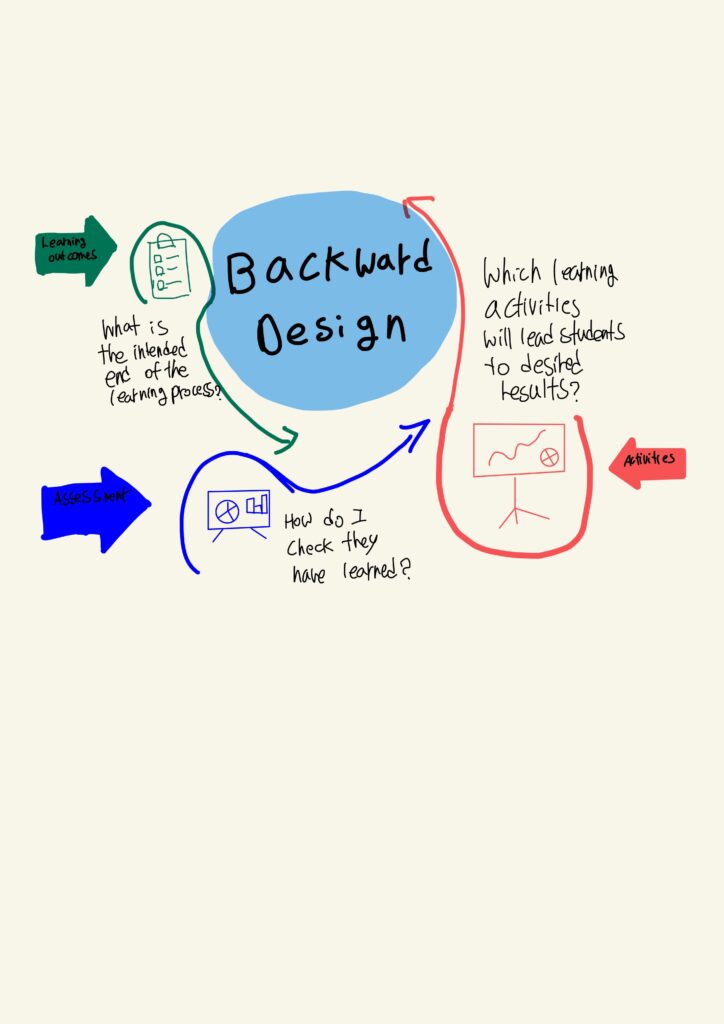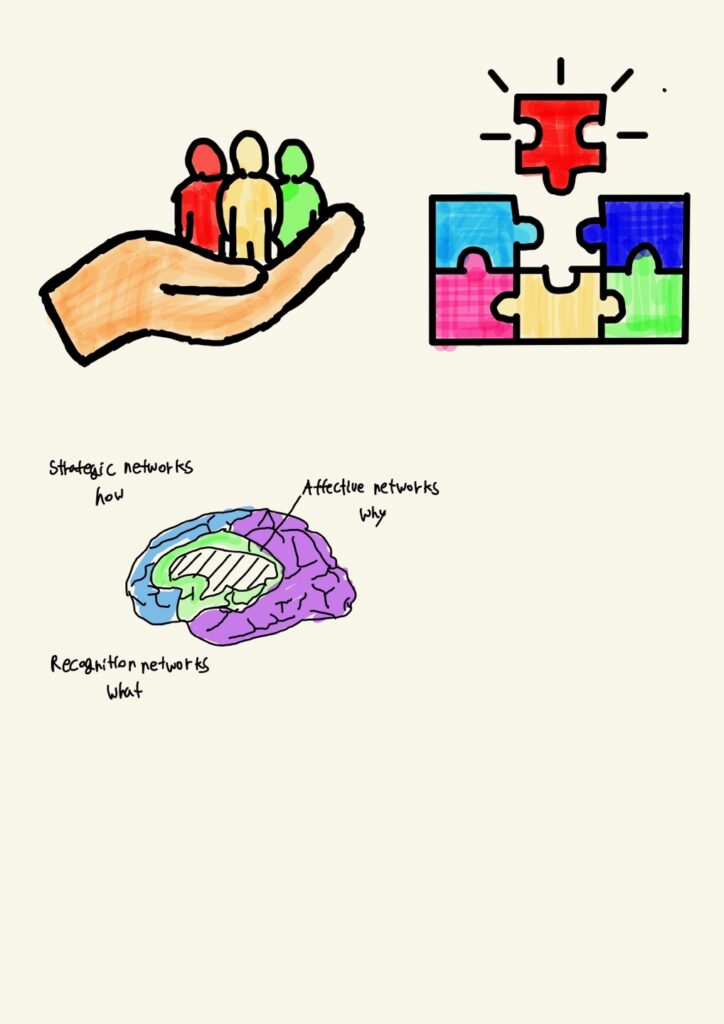Google Classroom is very important for my studies. It’s a useful place on the internet for all my books, assignments, and notes. It’s easy to use. I can sort my assignments by when they’re due, look at my grades anytime, and all my study materials are there. I can use it on my phone, tablet, or laptop, which is really good.
But there are some problems. For one, I don’t decide what’s posted and when that’s all up to my teachers. And because it’s all online, if my internet goes down or there’s a problem with the site, I can’t study. Also, it’s not the same as a real classroom. I miss seeing people in person.
Learning this way has good and bad sides. It’s nice that I can do lessons or turn in homework anytime. But being able to access schoolwork all the time can be too much. It feels like school is always there, even during my free time.
Google Classroom can really change how we learn. It lets us learn when we want and at our own speed. It could even make learning more personal. But it’s important not to give us too much work. We also need time to relax and not think about school.
Google Classroom can also change how students and teachers interact. It helps teachers keep an eye on how I’m doing and give me personal feedback. But, it can make the relationship less personal. It’s important to keep some in-person contact and not just depend on the internet.
In the end, I chose this activity because I used to use Google Classroom almost daily, so it’s relevant to my learning experience. Evaluating it critically has helped me appreciate its strengths while also acknowledging its limitations. This activity aligns with my goal to become more thoughtful and mindful in how I use digital tools. It’s not just about using technology, but also understanding how it can shape our experiences, for better or worse.
Module 4 Learning Activity: MOOCs
I took this JavaScript course on Codeacademy. It was broken down into easy-to-follow parts, each one teaching a different thing about JavaScript, like how to use variables or functions. The best part was getting immediate feedback on the tasks and quizzes. It was like having a helpful guide there with me.
When I compared this to a regular school experience, a few things stood out. Codecademy isn’t like a normal school, so some people might wonder if it’s just as good. But I found that the things I learned were really useful and easy to understand. I liked being able to learn at my own speed, but I did miss having other students and teachers around to talk to. There were online discussion boards, but it wasn’t the same.
There were no scary final exams in this course. Instead, I was graded on whether or not my code worked, which was less stressful and made more sense to me.
If I had to say what kind of online course this was, I would say it was a mix between an xMOOC and a cMOOC. It had a clear plan but also lots of chances to interact.
At first glance, it looked like anyone could take this course, which was great. But some of the more advanced stuff was locked unless you paid extra, which wasn’t so great.
In the end, taking this JavaScript course was really interesting. I’ve always wanted to learn how to code, and this course was perfect for that. Besides learning about JavaScript, I also learned about the ups and downs of online learning. While these online courses are super flexible and anyone can sign up, they’re not perfect. It can be lonely without other students around, and sometimes you have to pay more for extra content. But it was a good reminder that being disciplined is really important when learning online. Despite its flaws, I think it was worth it!
Module 5 Learning Activity: While we were sleeping
Schools and colleges need to think hard before jumping onto new tech stuff. First, they should ask “Is this tech safe for everyone?” No one wants their personal info getting into the wrong hands.
Next, they need to make sure the new tech can work well with what they already have. Imagine buying a toy that doesn’t fit with any of your other toys. That would be frustrating, right? And, of course, they should think about the cost. Is it worth it in the long run?
Also, it’s not just about getting the tech, but making sure everyone knows how to use it. Think of it like getting a new game but not knowing the rules.
For teachers, it’s a bit different. They need to know: “Is this new tool going to be hard to learn?” And “Will it make classes better or just add more work?” They also need to make sure every student can use it, no matter where they come from or what they can do.
Sometimes, the reasons schools want new tech aren’t that clear. Maybe they just want to look cool, or there’s some pressure from outside. But if we keep chasing the newest shiny thing, we might forget what learning is really about. And that’s a problem.
Thinking about all this made me realize why I wanted to learn more about tech in schools. It’s not just about the newest gadget. It’s about making sure we use tech the right way. We need to be smart and thoughtful about how we bring tech into our classrooms.





